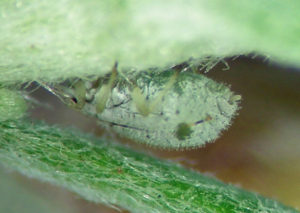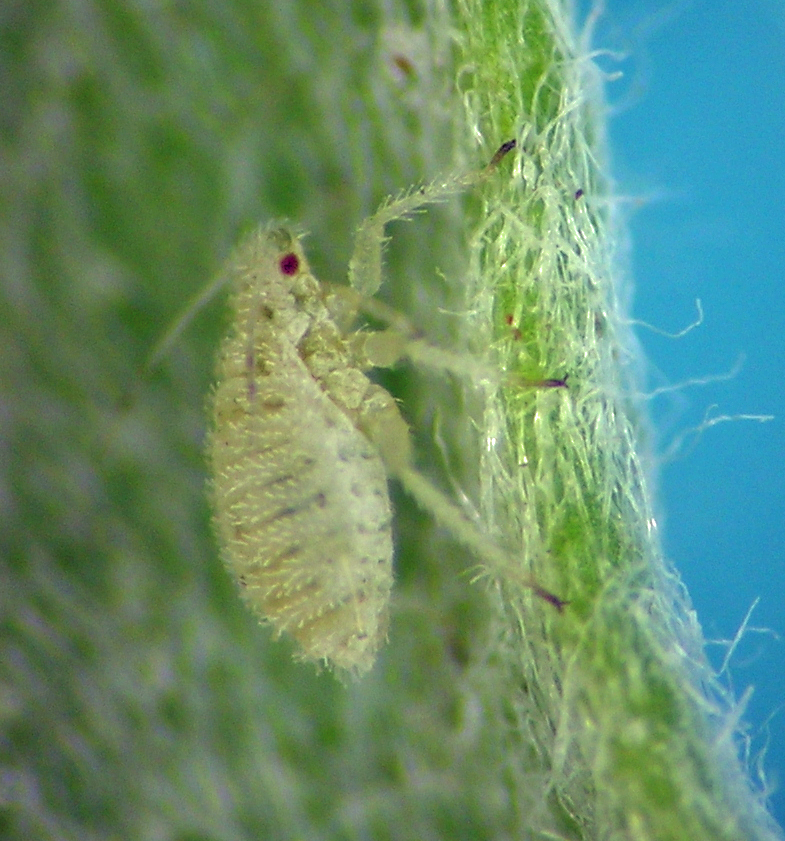Pseudoepameibaphis Gillette & Palmer
This is a genus that I have collected avidly for many years. It is a specialist on sagebrush (Asteraceae: Artemisia), with peculiarly shaped siphunculi. It is closely related to Epameibaphis, as might be intuited from the genus names.
Four species are currently recognized, although after much study of my many specimens during winters of 2017 and 2018 it is clear that there are at least 5 species. As is often the case, the existing keys are based on characters that seem far too variable to be reliable, which in my opinion requires development of entirely different diagnostic characters. I have carefully studied groupings based on setal number and shape, plus some antennal characters, siphuncular shape, and pigmentation. Following my 2018 stint of study, combined with previous study of the original type material, I feel fairly confident about assigning names to two groups, P. essigi and P. xentotrichus. This decision was reflected in the slide collection database when the 2018 version was released. I have at least 4 additional species in my collection, including two that I have confirmed, based on examination of types, are not one of the described species. In 2018, 2019, and 2020 I saw a member of this genus that has a black shell-like dorsum, long appendages, and long setae. It was most remarkable, feeding in low numbers on mountain sage (a subspecies of Artemisia tridentata) at elevations over 2000 meters. In June of 2020 I was able collect the fundatrices of this species (see photo below). I hope to some day develop a publication documenting my work. We’ll see.




